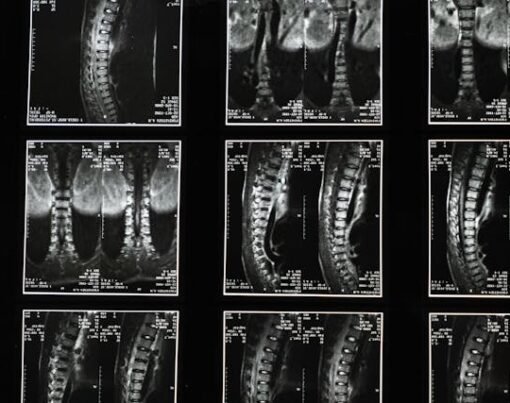The right electronic health record (EHR) software can provide personalized and high-quality care to patients. With reliable EHR software, the workflow can become effective and efficient in your ophthalmology practice. Here are tips for choosing the best ophthalmology EHR:
Table of Contents
Identify Your Practice’s Needs
Before choosing an EHR software for your ophthalmology practice, determine your needs. Evaluate your patient volume, specialty features, billing, and coding requirements. You can also factor in the number of providers and the size of your practice to get a better EHR option.
When you know your needs, you can invest in an electronic health record solution that meets those requirements. Choose an EHR system that accommodates your practice’s future growth. Pick software that can scale to meet your increasing patient or staff volume without disrupting your workflow.
Choose Specialty-specific Features
Look for an electronic health record system that provides specialized features and templates tailored to ophthalmology. Here are some features that could be included in an ophthalmology EHR:
- Patient charting: This feature lets you capture and organize patient demographic details, visual acuity, ocular conditions, medical history, and test results. Charting can boost documentation accuracy and patient engagement.
- Imaging and diagnostics integration: The best EHR should have imaging and diagnostic integration capabilities to allow you to import and view images or test results. Choose software that can integrate with eye care devices like retinal cameras, visual field analyzers, and optical coherence tomography.
- Online payment systems: Integration with online payment systems makes it easy for patients to pay for services rendered through the EHR. This feature streamlines the payment and billing process while reducing administrative tasks in your practice.
- Referral management: With this feature, you can generate referral letters, track referral status, and receive referral reports from other healthcare providers. Patient referral management facilitates care coordination between ophthalmologists and other specialists.
- Drawing tools: An EHR software with built-in drawing tools enables ophthalmologists to draw diagrams and annotate images. You can highlight areas of interest with drawing tools, which aids patient education and communication.
Invest in a Mobile and Cloud-based System
Cloud-based EHRs offer benefits like accessibility from anywhere and automatic updates. You can also use mobile apps when you’re away from your computer. Reputable cloud providers implement access controls, data backup procedures, and industry-standard protocols to boost data security and privacy. With this feature, you can view or update patient information securely.
Cloud-based electronic health records boost data sharing and collaboration with other systems and healthcare providers. You can invest in a cloud-based EHR to scale up or down to accommodate the changing needs of your ophthalmology practice. The expenses in a cloud-based EHR can be manageable due to subscription-based pricing models.
Pick an EHR with a User-friendly Interface
The EHR platform should be intuitive and easy to use for staff and ophthalmologists. Complex software can lead to inefficiency and errors within your practice. Request trials or demos of the software to determine the user interface, navigation, and usability.
The system should have auto-fill, pre-populated lists, and drop-down menus to reduce manual data entry and errors. Intelligent order sets and automated coding suggestions contribute to a user-friendly interface. Factor in the availability of support and training resources from the EHR vendor to help you address concerns and questions when they arise.
Look for a Customizable EHR
A flexible EHR system adapts to specific workflows in your practice to increase operational efficiency. Look for software that allows you to define and modify different processes like patient encounters, prescription management, and follow-up protocols. The ability to create customized forms can streamline your practice’s workflow.
With a customizable ophthalmology EHR, you can generate reports and analytics within your practice. The evidence can open up research opportunities and the development of evidence-based practices. This feature also facilitates tracking of key indicators and outcomes to see how your clinic is performing. Templates can be tailored for different eye conditions, tests, and procedures.
Schedule a Demo for an Ophthalmology EHR
Implementing an ophthalmology EHR helps reduce redundant tasks and allows you to focus more on your patients. Healthcare providers can access patient information easily from a secure platform and communicate effectively. By choosing EHR with the right features, your practice can save costs and time. Schedule a demo for an ophthalmology EHR to see if it’s a good fit for your practice.










